Introduction

Quail eggs, though diminutive in size, pack a punch of flavor and nutrition that has made them a beloved ingredient in kitchens worldwide. Their delicate, creamy texture and rich taste set them apart from chicken eggs, offering a unique culinary experience. Stir-frying, a cooking technique cherished for its speed and ability to retain ingredients’ natural flavors, is an ideal method to elevate quail eggs into a dish that is both satisfying and elegant. This article delves into the intricacies of stir-frying quail eggs, exploring everything from ingredient selection to advanced techniques, ensuring that even novice cooks can achieve restaurant-quality results.
The Allure of Quail Eggs
Before diving into the cooking process, it is essential to appreciate why quail eggs deserve a spot in your culinary repertoire. Smaller than chicken eggs, quail eggs boast a higher yolk-to-white ratio, contributing to their luxurious richness. They are also a nutritional powerhouse, rich in protein, vitamins B12 and D, and essential minerals like selenium and iron. Their petite size makes them perfect for appetizers, garnishes, or main dishes, offering versatility that larger eggs lack.
Ingredient Selection and Preparation
The foundation of any great dish lies in the quality of its ingredients. When selecting quail eggs, opt for fresh, unblemished shells with a uniform color. Avoid eggs with cracks or discoloration, as these may indicate spoilage. Store quail eggs in the refrigerator, ideally in their original carton, to maintain freshness for up to three weeks.
Essential Ingredients for Stir-Fried Quail Eggs
- Quail Eggs (12–15 eggs): Adjust the quantity based on serving size.
- Cooking Oil (2–3 tablespoons): Neutral oils like vegetable or canola work best, but sesame oil adds a nutty depth.
- Aromatics: Minced garlic (2 cloves), ginger (1 teaspoon), and scallions (2 stalks, sliced) for flavor.
- Vegetables (Optional): Bell peppers, mushrooms, or snap peas add texture and color.
- Seasonings: Soy sauce (1 tablespoon), oyster sauce (1 teaspoon), salt, and white pepper.
- Garnish: Fresh cilantro, sesame seeds, or chili flakes for a finishing touch.
Preparation Steps
- Cracking the Eggs: Gently tap each quail egg on a flat surface to avoid shell fragments. Crack them into a bowl and whisk until the yolks and whites are fully combined. Season lightly with salt and pepper.
- Prepping Aromatics: Finely mince garlic and ginger. Slice scallions into ½-inch pieces, separating the white and green parts.
- Vegetable Prep: If using vegetables, julienne bell peppers, slice mushrooms, or trim snap peas for even cooking.
The Stir-Frying Process: Step-by-Step
Stir-frying is a dance of heat, timing, and motion. Mastering these elements ensures perfectly cooked quail eggs with a tender texture and golden hue.
Heating the Wok or Skillet
A well-seasoned carbon-steel wok is ideal for stir-frying, as it distributes heat evenly and retains high temperatures. If unavailable, a large stainless-steel or cast-iron skillet works well. Place the pan over high heat and add 1–2 tablespoons of oil. Swirl the oil to coat the surface. The pan is ready when the oil shimmers but does not smoke.
Cooking the Aromatics
Add minced garlic and ginger to the hot oil. Stir-fry for 15–20 seconds until fragrant but not browned. Burnt garlic imparts bitterness, so vigilance is key.
Introducing Vegetables (If Using)

Toss in prepared vegetables. Stir-fry for 2–3 minutes until crisp-tender. Bell peppers retain their vibrancy, while mushrooms soften slightly. Remove vegetables from the pan and set aside to prevent overcooking.
Cooking the Quail Eggs
Reduce the heat to medium and add a touch more oil if needed. Pour the whisked quail eggs into the pan. Allow them to sit for 10–15 seconds to set slightly, then gently stir with a spatula, scraping the bottom to prevent sticking. Continue stirring for 2–3 minutes until the eggs are mostly cooked but still slightly runny. Overcooking results in a dry, rubbery texture.
Combining Ingredients
Return the cooked vegetables to the pan. Drizzle soy sauce and oyster sauce over the mixture. Toss gently to coat, ensuring the eggs and vegetables are evenly seasoned. Cook for an additional 1–2 minutes to meld the flavors.
Finishing Touches
Add the green parts of the scallions and a pinch of white pepper. Stir briefly to incorporate. Remove from heat immediately to halt cooking.
Serving Suggestions
Stir-fried quail eggs shine when paired with complementary flavors and textures. Serve them over steamed jasmine rice, nestled in lettuce cups for a low-carb option, or atop udon noodles for a hearty meal. A drizzle of chili oil or a sprinkle of toasted sesame seeds adds a final layer of complexity.
Advanced Techniques and Variations
Once you’ve mastered the basics, experimentation is encouraged. Here are ways to elevate your stir-fried quail eggs:
Flavored Oils
Infuse cooking oil with star anise, cinnamon, or Sichuan peppercorns for aromatic depth. Strain the oil before using to avoid gritty textures.
Fermented Ingredients
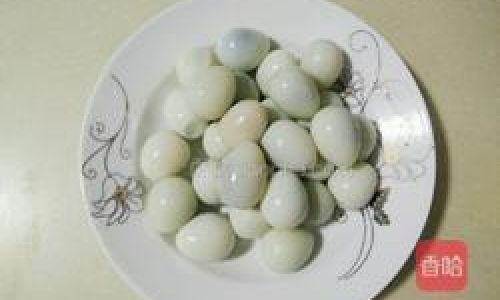
A splash of black vinegar or a teaspoon of fermented bean paste introduces tanginess and umami.
Protein Pairings
Add diced shrimp, tofu, or thinly sliced beef for a heartier dish. Cook proteins separately before combining with the eggs to ensure even doneness.
Herb-Infused Garnishes
Mince Thai basil, mint, or cilantro and toss them into the dish just before serving. Their freshness contrasts beautifully with the rich eggs.
Spicy Kick
Incorporate fresh chili peppers or a dash of gochujang for heat. Adjust the spice level to suit your palate.
Troubleshooting Common Issues
Even seasoned cooks encounter hiccups. Here’s how to address common pitfalls:
Soggy Eggs
Overcrowding the pan lowers the temperature, leading to steaming instead of frying. Cook in batches if necessary.
Burnt Aromatics
Reduce heat and ensure the pan is adequately preheated but not smoking.
Bland Flavor

Layer seasonings progressively. Taste and adjust salt, soy sauce, or oyster sauce as needed.
Uneven Cooking
Cut vegetables into uniform sizes and add them to the pan based on cooking time—hardier vegetables first, delicate ones later.
Cultural Context and Historical Tidbits
Quail eggs have been a culinary delight for centuries, revered in Asian, European, and Middle Eastern cuisines. In Chinese cuisine, they symbolize fertility and prosperity, often featured during festivals. The Japanese incorporate them into onsen tamago (hot spring eggs), while French chefs use them in gourmet canapés. Stir-frying, a technique perfected in China, preserves the eggs’ delicate nature while imbuing them with smoky wok hei (breath of the wok).
Health Benefits and Dietary Adaptations
Quail eggs are a boon for health-conscious eaters. Their low calorie count (approximately 14 calories per egg) and high protein content make them ideal for weight management. They are also gluten-free and suitable for keto or paleo diets. For vegan adaptations, substitute quail eggs with crumbled tofu or chickpea flour mixed with nutritional yeast to mimic the texture.
Sustainability and Ethical Considerations
Opt for quail eggs from local, free-range farms to ensure humane treatment and reduce carbon footprints. Their small size makes them less resource-intensive compared to chicken eggs, aligning with sustainable eating practices.
Conclusion
Stir-fried quail eggs are a testament to the magic of simplicity. With minimal ingredients and technique, you can create a dish that dazzles the senses and nourishes the body. Whether you’re a novice cook or a seasoned chef, mastering this recipe opens doors to endless culinary creativity. So, crack open those shells, embrace the sizzle of the wok, and savor the joy of cooking—one tiny, mighty quail egg at a time.
Final Tip: Practice makes perfect. Don’t be discouraged by initial mishaps. Each stir-fry is an opportunity to refine your skills and discover new flavor combinations. Bon appétit!
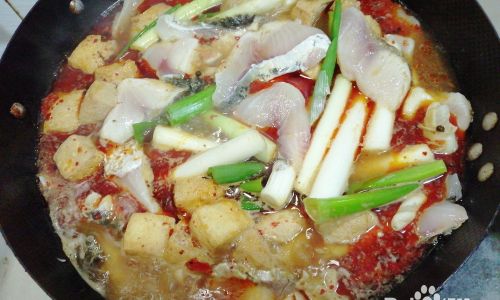

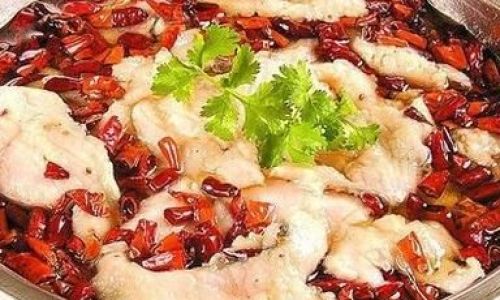
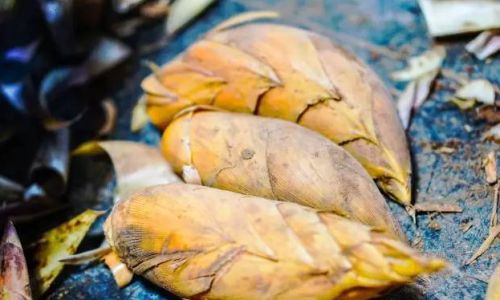
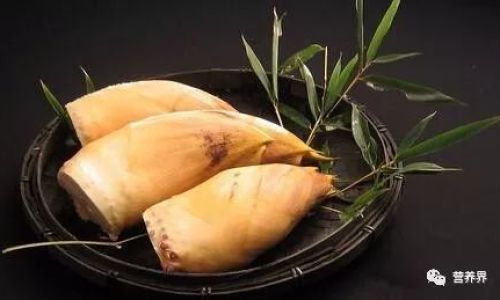
0 comments